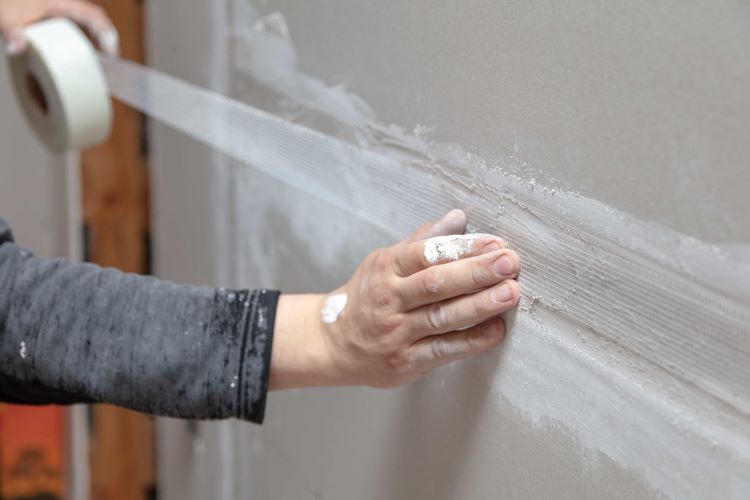A Guide to Different Types of Drywall Materials

Drywall is a fundamental component of modern construction, providing a smooth and durable surface for interior walls and ceilings. As the leading drywall company in Calgary, Alberta, we understand the importance of selecting the right type of drywall for your project. In this guide, we'll explore the different types of drywall materials available and their unique characteristics.
1. Standard Drywall:
Also known as gypsum board or plasterboard, standard drywall is the most common type used in residential and commercial construction. It consists of gypsum plaster sandwiched between layers of paper and is available in various thicknesses, ranging from 1/4 inch to 3/4 inch. Standard drywall is versatile, easy to install, and suitable for most interior applications.
2. Fire-Resistant Drywall:
Fire-resistant drywall, also known as Type X drywall, is specially formulated to provide increased fire resistance. It contains additives such as glass fibers and other fire-retardant materials that slow down the spread of flames in the event of a fire. Fire-resistant drywall is typically installed in areas where building codes require additional fire protection, such as garages, utility rooms, and shared walls between units.
3. Moisture-Resistant Drywall:
Moisture-resistant drywall, also known as green board or blue board, is designed to withstand high humidity and moisture levels without deteriorating. It features a water-resistant paper facing that helps prevent mold and mildew growth in areas prone to moisture, such as bathrooms, kitchens, and basements. Moisture-resistant drywall is not waterproof but provides added protection against moisture damage compared to standard drywall.
4. Soundproof Drywall:
Soundproof drywall, also known as acoustic drywall or sound-rated drywall, is engineered to reduce sound transmission between rooms and improve acoustics within a space. It features multiple layers of gypsum and sound-dampening materials, such as viscoelastic polymers or mineral wool, which absorb and dissipate sound waves. Soundproof drywall is commonly used in home theaters, recording studios, and multi-family dwellings to minimize noise transfer between units.
5. Impact-Resistant Drywall:
Impact-resistant drywall, also known as abuse-resistant drywall, is designed to withstand damage from impacts and physical abuse. It features a reinforced core and a durable paper facing that provides increased resistance to dents, scratches, and punctures. Impact-resistant drywall is ideal for high-traffic areas such as hallways, stairwells, and commercial spaces where walls are prone to damage from everyday wear and tear.
Conclusion:
Choosing the right type of drywall is essential for achieving optimal results in your construction or renovation project. Whether you need standard drywall for general-purpose applications or specialized drywall for specific requirements such as fire resistance, moisture resistance, soundproofing, or impact resistance, Calgary Drywallers has the expertise and resources to meet your needs. Contact us today to learn more about our drywall services and discover the perfect drywall solution for your project!
You might also like


